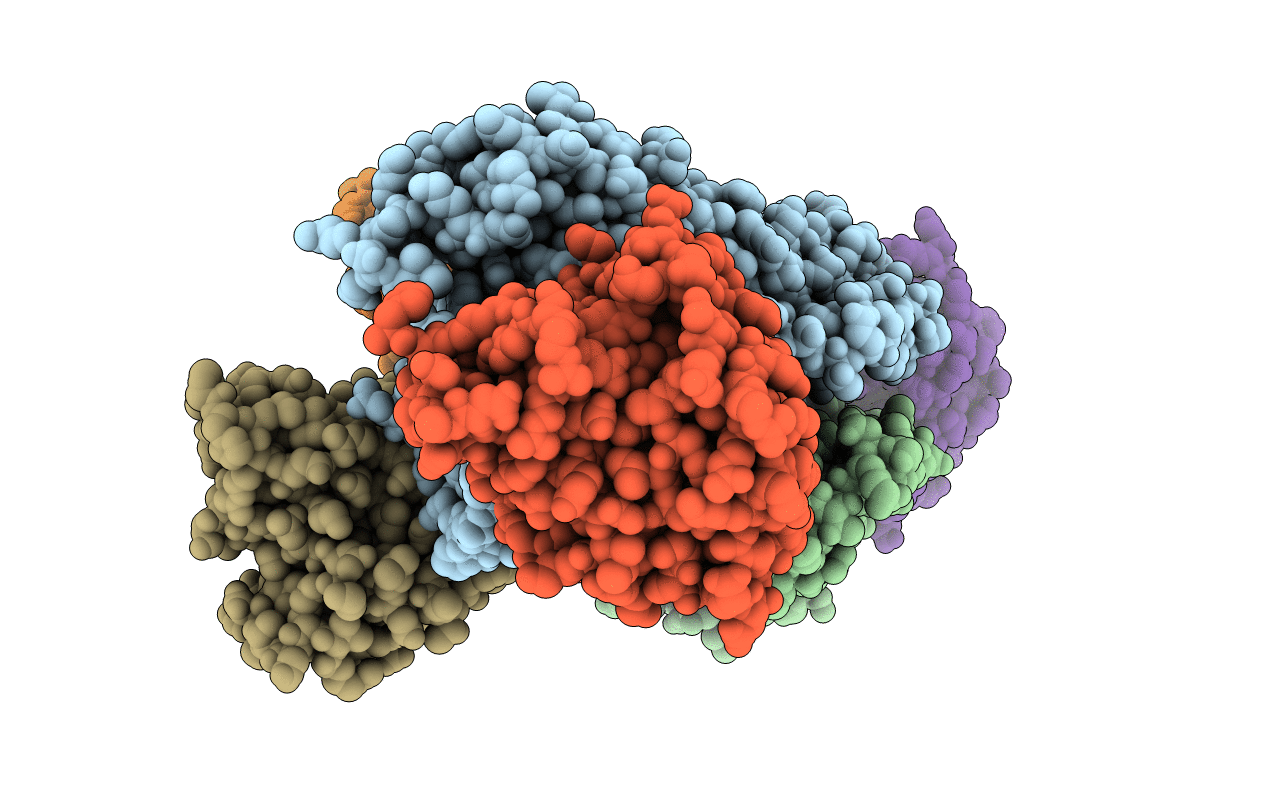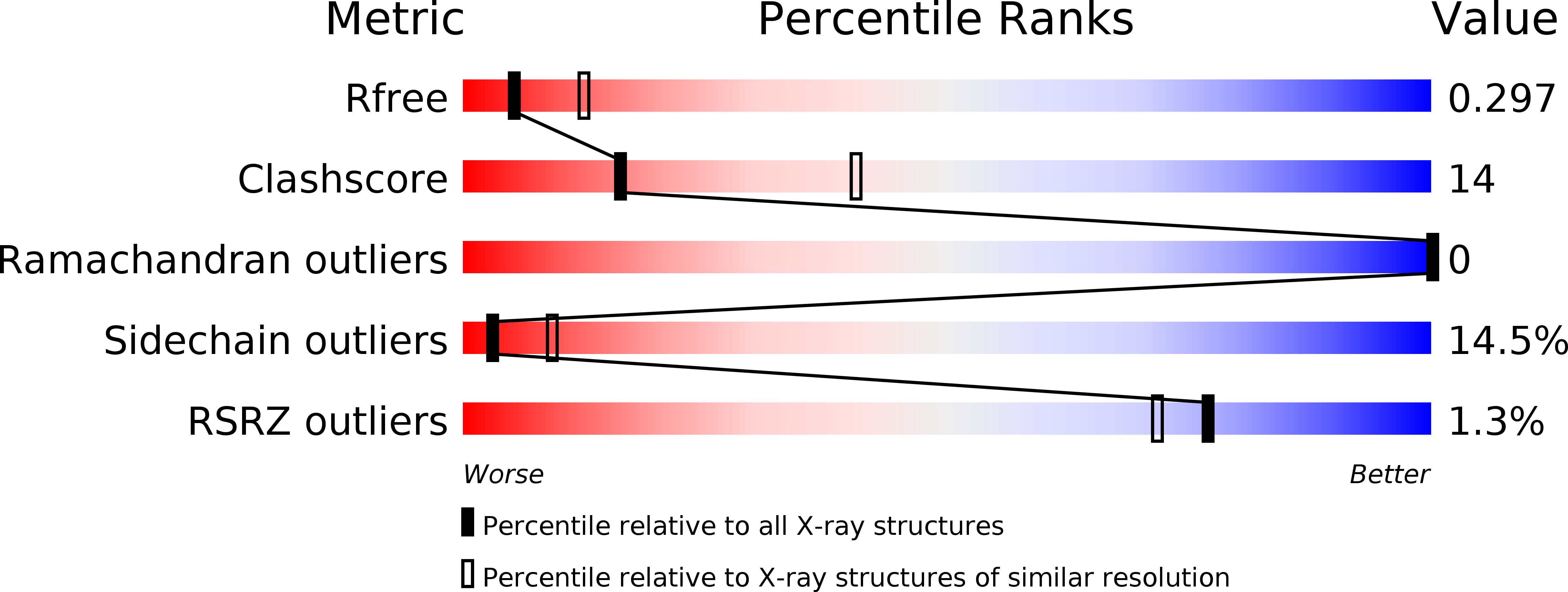
Deposition Date
2019-09-19
Release Date
2019-12-04
Last Version Date
2024-10-16
Entry Detail
PDB ID:
6KYK
Keywords:
Title:
Crystal structure of Shank3 NTD-ANK mutant in complex with Rap1
Biological Source:
Source Organism:
Mus musculus (Taxon ID: 10090)
Homo sapiens (Taxon ID: 9606)
Homo sapiens (Taxon ID: 9606)
Host Organism:
Method Details:
Experimental Method:
Resolution:
2.82 Å
R-Value Free:
0.29
R-Value Work:
0.24
R-Value Observed:
0.24
Space Group:
C 1 2 1


